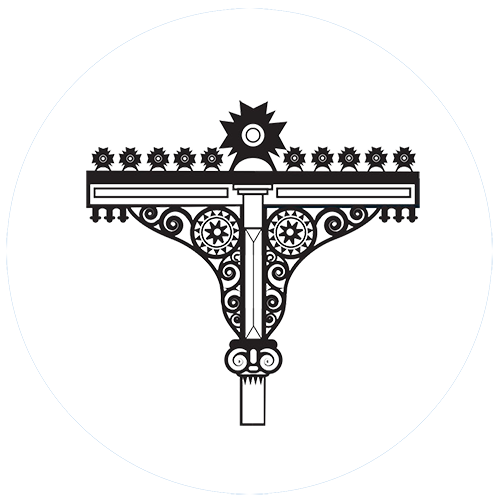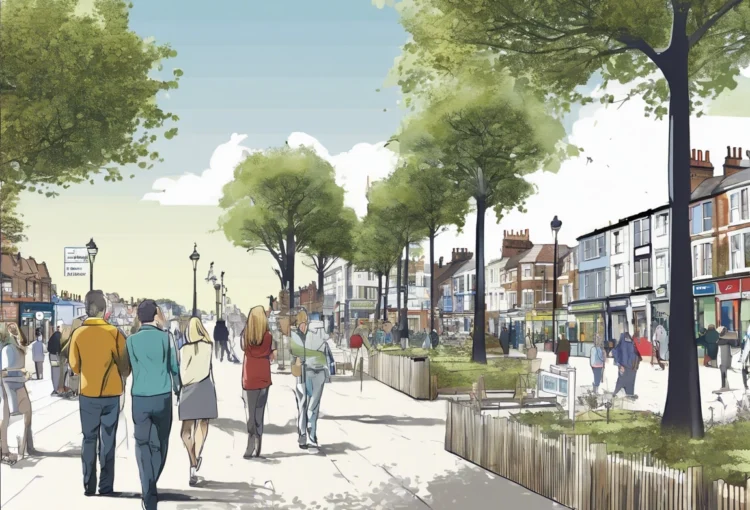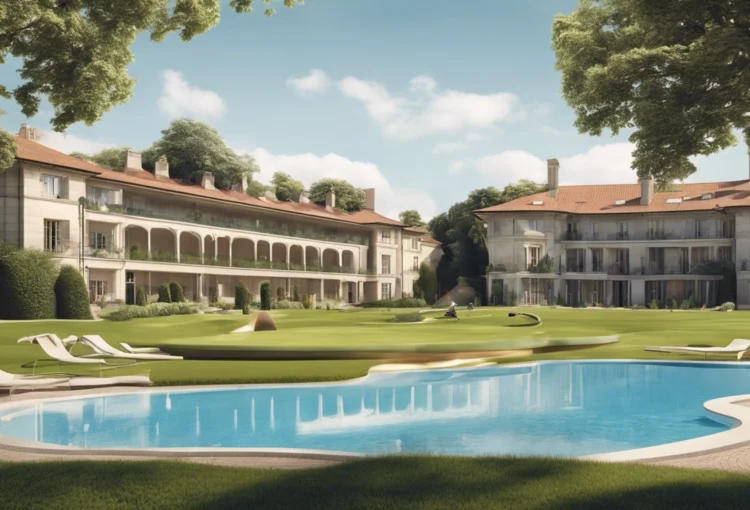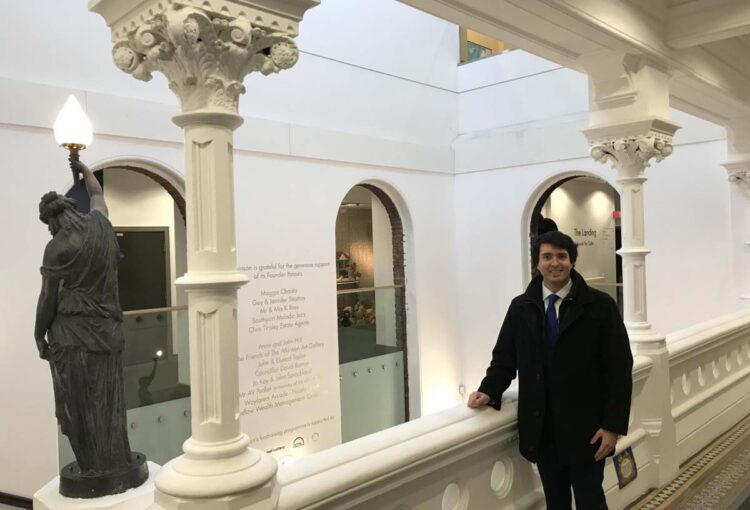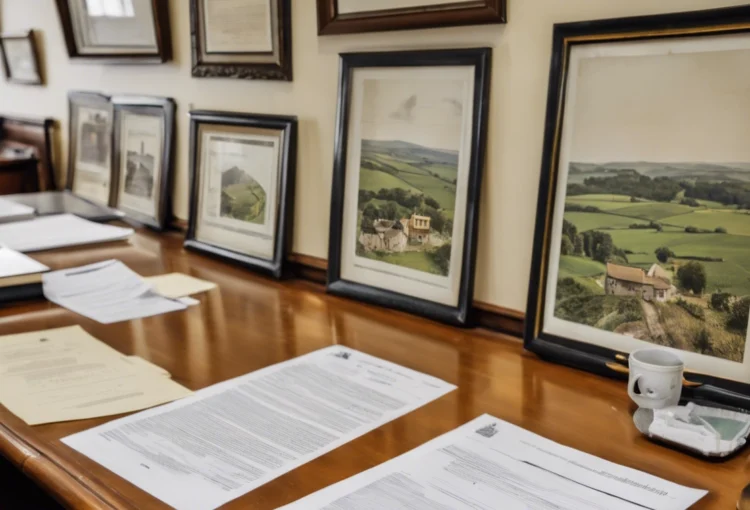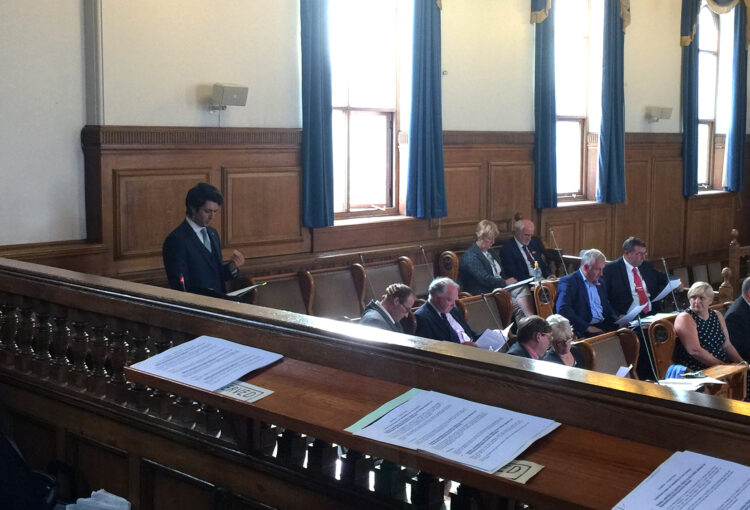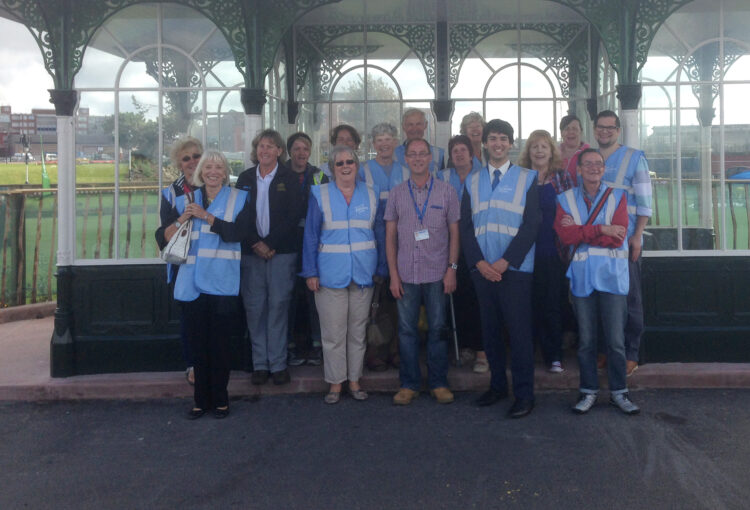
Design codes for public spaces are a set of guidelines that dictate how public areas should be designed and maintained. These codes address a variety of factors including safety, accessibility, and aesthetic appeal. While design codes can be enforced by local governments, they rely heavily on the involvement and cooperation of urban planners, architects and designers, as well as members of the public.
The implementation of design codes is important as it creates a sense of consistency and stability in public spaces, which can promote an improved sense of community and safety. Clear design codes can help to reduce crime, improve accessibility for people with disabilities, and facilitate better flow of pedestrian and vehicular traffic. Additionally, creating aesthetically pleasing public areas can promote civic pride and encourage more sustainable practices, such as walking.
In cities like London and Paris, the use of design codes has played a significant role in the beautification of the urban landscape and the identification of unique local areas. Both cities have prioritized the preservation of their historic architecture and cultural landmarks while also encouraging contemporary designs to complement the older architecture. Design codes have also aided in creating distinctive identities for neighborhoods, such as the colorful Victorian houses in London’s Notting Hill or the ornate Haussmannian buildings in Paris’s 8th arrondissement. By enforcing design codes, cities can demonstrate a pride in their local area and encourage the showmanship of the unique aspects that make a place recognizable, vibrant and memorable.
These codes can include guidelines for landscaping, street furniture, lighting, and signage. By following these codes, areas can be beautified by incorporating green spaces, such as parks and gardens, and incorporating artistic elements like sculptures or murals. The proper placement of benches, bike racks, and other seating options can also create a more welcoming atmosphere. Additionally, well-designed lighting can enhance safety and security, while public art installations can provide cultural and historical significance to a location. Adherence to public space design codes can greatly improve the beauty and usability of an area, making it more appealing to the public.
While design codes for public spaces may seem restrictive, they ultimately provide a framework that promotes accessibility, functionality and overall safety in public spaces. Providing a welcoming environment that encourages community interaction and public use is essential for promoting a healthy and positive urban environment. Design codes are a necessity in the creation and maintenance of functional, attractive, and inclusive public spaces.
Unfortunately, The UK lacks a comprehensive set of design codes for public spaces compared to other countries around the world. While some cities and regions in the UK have developed their own guidelines, there is no national framework in place. This has resulted in a lack of consistency and clarity in the design and functionality of public spaces, often leading to unpleasant and uninviting areas. In contrast, some countries have gone to great lengths to establish design codes for public spaces, such as The Netherlands, which has gained a reputation for exemplary public spaces. Design codes benefit urban planners and designers, as well as local communities because it provides shared expectations for what a public space should offer in terms of accessibility, safety and aesthetics. Without design codes, it can be difficult to communicate these expectations, leading to inefficient and often unsatisfactory designs
